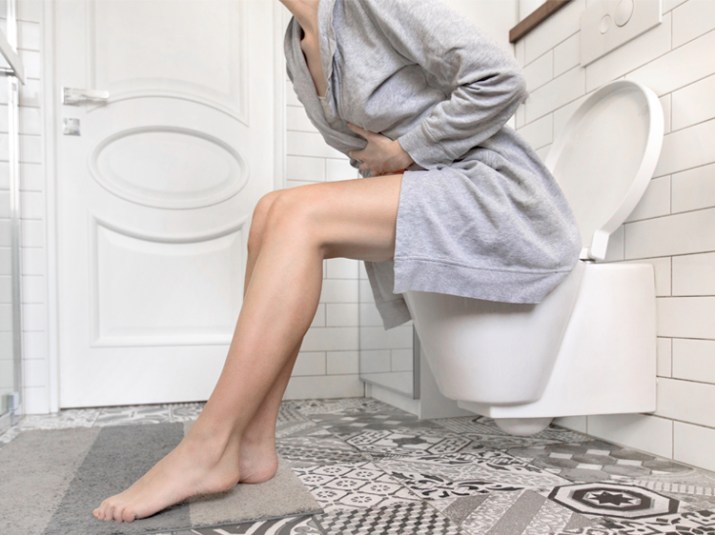How to Tell If You Have a Yeast Infection or a UTI

Feeling any type of discomfort “down there” is no fun. It’s especially frustrating when you don’t know what the exact problem is. Is this is a urinary tract infection (UTI) or a yeast infection is a question that often crosses our minds. Luckily, there are a few simple ways to tell the difference between these two pesky problems. And before you know it, you’ll be able to seek the proper treatment and feel better again.
While a yeast infection and a UTI may have a couple of similar symptoms, they’re two very different health issues. So let’s start with a basic definition of each. According to the Mayo Clinic, a vaginal yeast infection is a fungal infection that causes intense itchiness and irritation of the vagina and vulva. Meanwhile, a UTI is a bacterial infection that causes the urinary tract to become red and irritated, according to the Cleveland Clinic.
Given that a UTI and a yeast infection have such different causes (bacteria vs. fungus) and they affect different body parts (urinary tract vs. vagina and vulva), you might expect them to be easy to identify. But according to Healthline, many women confuse the two due to a few similar symptoms. After all, both of them can cause a lot of pain and irritation in the same very private area of your body.
However, a yeast infection and UTI also display different symptoms that will distinguish the two. A vaginal yeast infection is typically characterized by itching, redness of the vulva, and a thick, white discharge with a “cottage cheese” appearance. Meanwhile, a UTI is known for causing an urgent need to urinate, painful urination, and sometimes even blood in the urine itself.
So in other words, if you have a stubborn itch “down there,” you might have a yeast infection. But if you can’t seem to “go” properly without searing pain, you may have a UTI instead. (Psst: While this topic is on your mind, you might want to brush up on the symptoms of other vaginal issues like bacterial vaginosis and lactobacillus overgrowth syndrome to rule them out.)
If you suspect you have a UTI, you should definitely visit your doctor ASAP. According to the Cleveland Clinic, you need a prescription to get antibiotics to treat a UTI. But if you think you have a yeast infection, you may be able to treat it with over-the-counter anti-fungal vaginal creams. However, if over-the-counter treatments don’t seem to work or if you develop other symptoms, it’s best to seek a doctor’s advice.
In case you’re wondering: Yes, it’s possible to have a yeast infection and a UTI at the same exact time. (Unfortunately.) That’s why it’s so important to see your doctor if you’re not sure which one you have, or if you suspect you might have both.
The good news is that both UTIs and yeast infections are easily treatable in most cases. But to avoid either problem from happening in the first place, it’s good to get into some healthy habits to protect your private parts. According to the Office on Women’s Health, these prevention tips include: avoiding douching, changing pads and tampons often, wearing nice loose underwear with a cotton crotch, urinating before and after sex, and always wiping from front to back after using the bathroom.
You deserve to feel happy and healthy — all over!
More From FIRST
What the Heck Is a ‘Complicated’ Yeast Infection?
Exhausted All the Time? You Could Have a Silent UTI
Cranberry Juice Doesn’t Work for UTIs — But Here’s What Does













